LOADING

LOADING


THREE LOCAL STORIES — ONE GLOBAL EFFORT
SCROLL DOWN FOR THE FULL STORY



Thousands of people in the Sindhudurg region rely on the ocean to make a living, and many in the area still struggle economically. Through her mangrove farming, Samiksha Gopal Gawker has been contributing directly to an effort to sustain not only her family, but her entire community. She is a member of what is called a self-help group in India, collectives of men or women who band together to support one another by pooling their income. “After opening an account in the bank, every month we started depositing Rs 100 per person,” she recalls. “If anybody was in need of some money, we use this account and give it to them.”
But the strongest communal bonds have been formed between women in the farming collective. “Coming from mumbai, I had no idea of how I should be working in mud. We had a lot of difficulties, but it was fun doing it with everybody,” says Gawker. “For example, if somebody fell, nobody made fun, but took care of them. If somebody was unable to do something, we would tell them do it only for a bit, and then rest — the entire team was very supportive.”




It’s no wonder that Emmanuel Nzau feels personally invested in the project’s success. Nzau has been fishing for almost forty years, and now supports six children who are still in school.
“In the village not everyone is a fisherman,” he claims. “Our mothers and wives grow cassava and onions in the gardens. But what helps us make a living is fishing.”
As the ocean creeps up the world’s shores, however, Nzau is
beginning to see the very resource he depends on for survival threaten his livelihood in two direct ways: as the seas rapidly approach the land and threaten his community, he must also go deeper into the ocean in search of a good catch, leaving him more vulnerable to unpredictable weather. “In my childhood, the ocean was 100m from the village after a descent, and there was no offshore drilling as we see now,” Nzau remembers. “Today it is the ocean that advances towards the village!”




Gutierrez and his fellow fishermen have learned to take advantage of the seaweed’s natural tendency to reproduce in a laboratory. Using this lab-grown seaweed, they’ve repopulated the 25 acres of ocean dedicated to the project, engendering highly efficient and sustainable cultivation practices in a community that had previously over-harvested. Gutierrez proudly explains, “We have developed a pilot plan that works. We — the five associations — are now dedicated exclusively to this type of work.”
The seaweed industry provides a variety of products for direct and indirect human uses worldwide, and have an estimated total value of 10 billion USD per year. It’s Gutierrez’s goal to sustain this industry independent of the government, securing an income for him and his fellow fishermen. “We want to add value to the product, but we also want to improve our quality of life and tell the government that the fishing communities will not mismanage the seaweed fields. We want to repopulate the seaweed to make a living with it because we are dedicated to this product,” he says.


